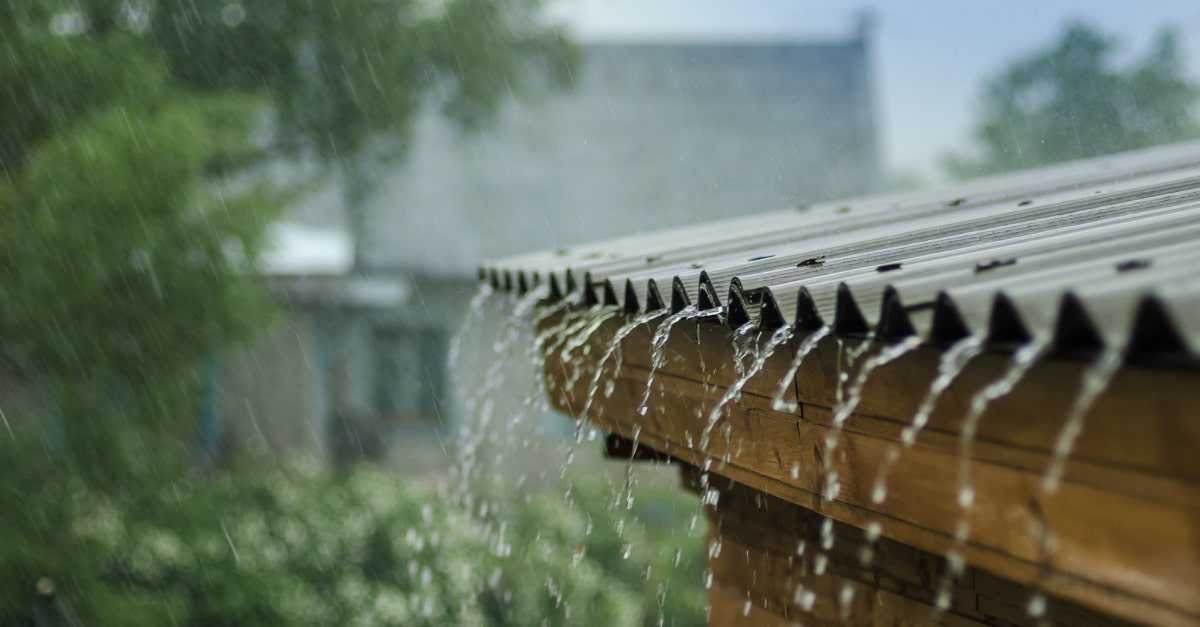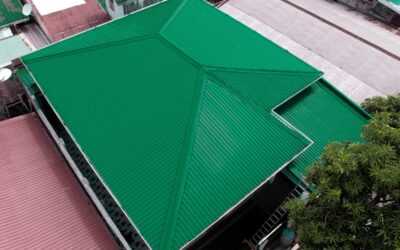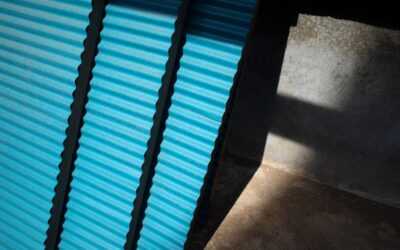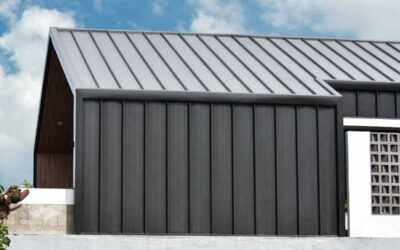Roof problems are common when you live in a country that sees an average of 20 tropical cyclones a year. The relentless rain and strong winds that come with tropical storms give roofs a beating, causing damage and stress on your roof.
In this article, you’ll find tips on how to safeguard your roof from problems, especially when you live in a place that experiences a lot of storms.
Build with strength
Roofs cover the topmost part of a building. As part of a building’s enclosure or external features, roofs protect us from the sun, wind, rain, and extreme temperatures. Roofs are also responsible for a building’s indoor air quality and temperature.
Because roofs play a big role in our safety and comfort, it is important to use a roof system that has undergone rigorous testing, especially tests for wind velocity. Roofs that pass the wind velocity test are more durable and suitable for typhoon-prone areas such as Eastern Visayas, Bicol Region, Davao Region, CAR, Caraga, and Cagayan Valley.
In a wind velocity test, a roof is subjected to increasing wind speeds to check the point of uplift or the point at which the roof starts to get blown away.
What is wind velocity?
Wind velocity is measured as wind speed plus direction. Wind speeds determine the strength of a tropical cyclone, as measured by the Philippine Atmospheric and Geophysical and Astronomical Services Administration or PAGASA.
Tropical cyclone wind signals, which we usually refer to as storm signals, are raised depending on the intensity of the wind. TCWS on the first level can already cause mild damage to roofs and buildings, while there is more threat of damage when the signal strength moves up.
Since our country is prone to typhoons, it is better if your roof is tested to withstand storms and strong winds.
5 tips to prevent roof problems
To prevent issues with your roof, follow these five tips.
1. Check the quality of your materials.
To ensure the durability and reliability of your roof, use quality-tested materials. Quality roofs like these from Metalink have passed rigorous wind velocity tests, so they’re perfect for typhoon-prone regions:
Flexseam is a standing seam roof that is sleek and sturdy. It features concealed fasteners that, aside from lending the roof a sophisticated aesthetic, give superior protection from the weather and the elements.
ECOSEAM is a stylish roof profile with a snap-on lock system, an easy-to-install feature that allows for seamless design. And because of its concealed fasteners, the roof is also sealed against harsh tropical weather conditions.
2. Check the quality standards
Not all roofs are made the same. So, check the quality standards of your roof manufacturer. The higher the standards, the better the roof.
Metalink roofs undergo at least 13 quality assurance tests to check for durability, performance against handling and impact, and how the paint resists cracking, spalling, and fading. With this, you’re sure that the roof you get is the best there is.
3. Learn basic maintenance
To make sure your quality roof lasts as long as it should, you should regularly perform basic maintenance tasks such as removing accumulated debris and checking the condition of roof flashings.
4. Get a reliable roofing supplier
How reliable is your roofing supplier? For your peace of mind, it pays to use a trustworthy brand such as Metalink. Metalink has been supplying and installing roofs for over 20 years. That’s 20 years of proven expertise and experience.
5. Pay attention to installation details
The right installation is necessary to ensure that your roof performs at its best. Installation errors such as incorrect fastenings or improper use of flashings or sealants can cause leaks and seriously degrade the integrity of the roof. To avoid problems, have the roof installed by a professional with years of experience.
Tips to maintain the strength of your roof
Here are more tips to ensure that your roof lasts a lifetime.
1. Conduct regular inspections.
Check for leaks and damage. A damaged roof is more susceptible to the effects of weather than a clean and damage-free roof.
2. Clean gutters regularly.
Clear out leaves and dirt that may accumulate in gutters. When materials are left to rot in gutters, this can cause clogging and make your gutters rust and deteriorate.
3. Trim overhanging trees.
Unless you plan to clean the roof and the gutters often, trim overhanging trees so that you can lessen the amount of leaves or branches that fall on the roof. When the roof has dirt, debris, and stagnant water, it will age much faster than a clean roof.
4. Check roof flashings.
Roof flashings are thin metal pieces that divert water from vulnerable areas. You can find flashings at roof vents or where the gutter joins the roof. If the flashings are improperly placed or if they are out of shape, this can cause your roof to leak. Leaks can make your roof rot and deteriorate.
With tropical storms increasing in intensity every year, we have to pay extra attention to our roofs. Start by using a high-quality metal roof that has been tested to withstand heavy rain and wind, like Metalink.




